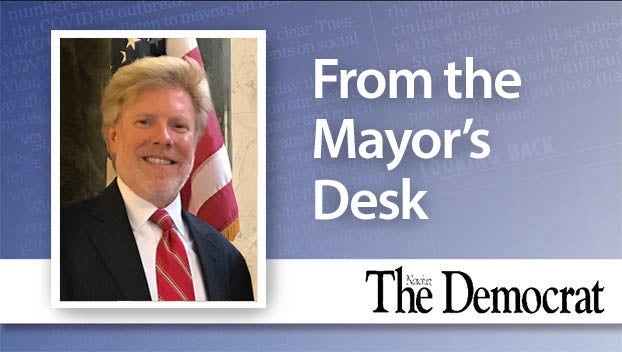Remarkable things happening at Concord
Published 6:00 am Sunday, June 19, 2022
|
Getting your Trinity Audio player ready...
|
There is something about placing your fingers inside of the prints left by a person who fashioned a brick with their bare hands centuries ago.
It’s almost like flipping on a light switch and finally—seeing. Something resonates that can’t be experienced in any lecture hall.
“Your thumb is on their thumb,” Saylor Fortener, a junior archaeology student at Mississippi State University, said.
That’s the experience that is going on at Concord Quarters, thanks to a group of Mississippi State University undergraduate archaeology students who dug up pieces of history that were once buried there.
The beauty of archaeology is that it’s a tangible way to see and touch history.
It’s the closest we can get without inventing a time machine.
This is an especially important mission to Concord Quarters owner Debbie Cosey, who has spent years trying to talk about history from the side of the enslaved person. Unfortunately, the historical record of thousands who lived in Natchez during that time period is incomplete.
For many, they are identified as a piece of property by how much they cost to their owners, not by name. In recent weeks, some remarkable artifacts have been unearthed at Concord that can bring us closer to their story, children’s toys, cups and saucers, and a mourning locket that might contain hair that belonged to the wearer’s late relative or loved one.
Items such as these will be on display at Concord, where there will also be a walking tour showing two old water cisterns and parts of the marble stairway that was part of the entryway to the main house that burned in 1901.
The collection of artifacts continues to grow during the students’ month-long summer field study. The site is open to the public for the next two Thursdays, June 23 and June 30, from 10 a.m. until 2 p.m. We encourage anyone who is a student themselves or has a history fascination to go and see it for themselves and talk to these students about what they found.



